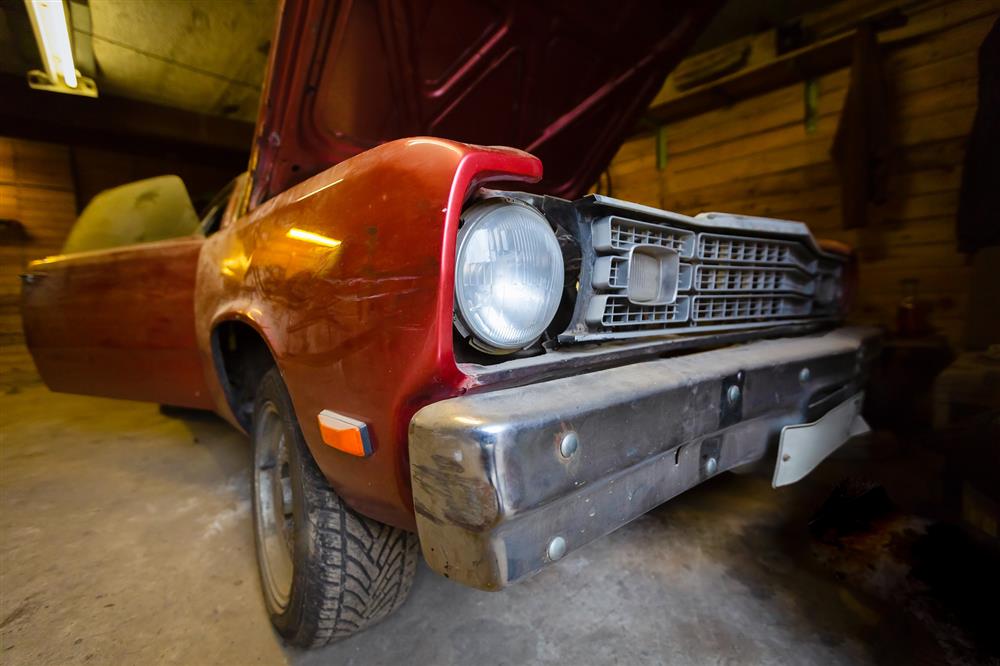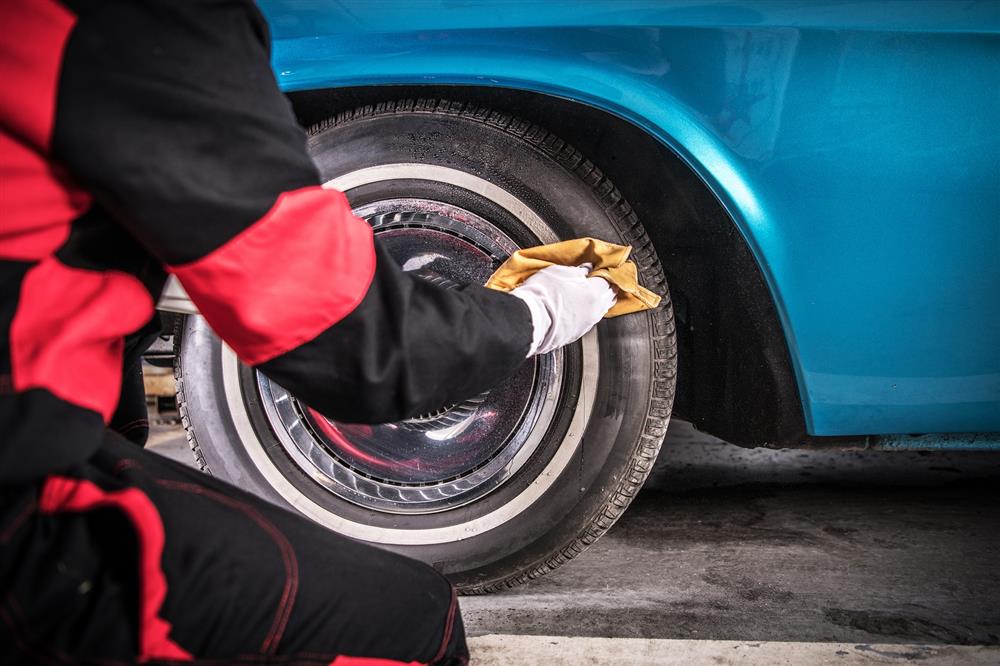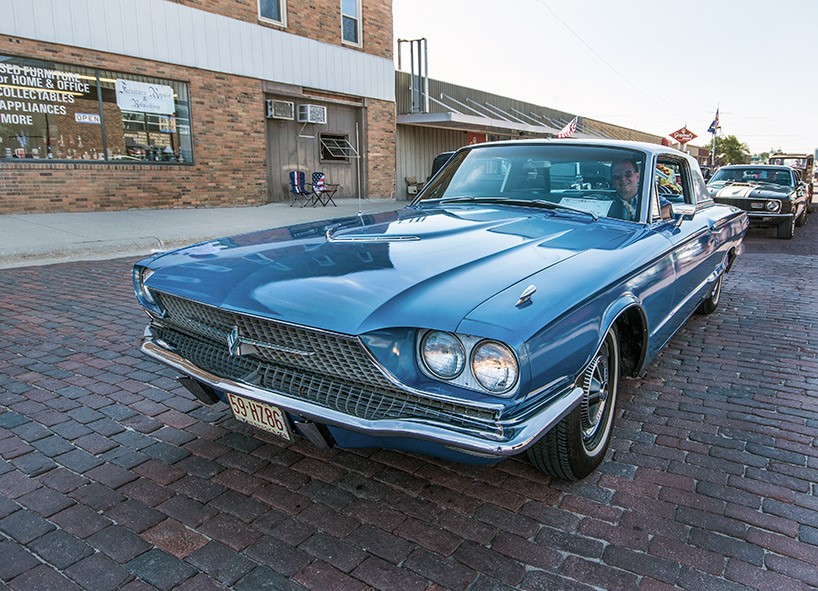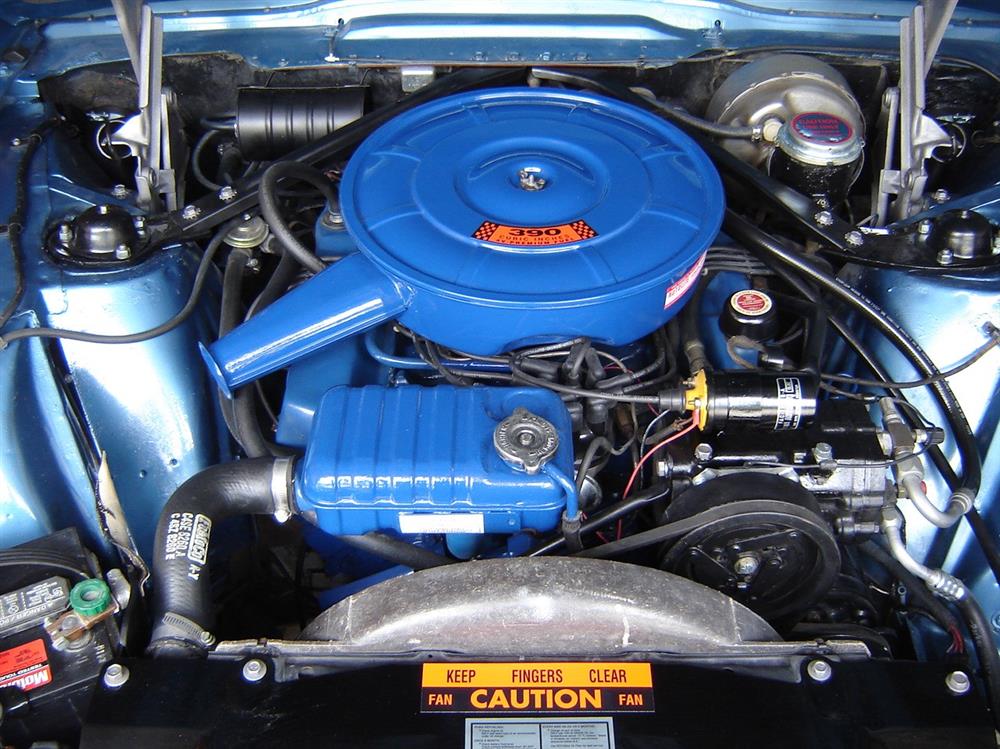If you’ve shielded your beauty from the sleet, snow, wind, rain and whatever else the winter and spring seasons have to offer, congratulations. It’s June, which means summer is finally here. You cannot wait to get your car back on the road; those stares you get driving it around never get old.
Unfortunately, what does get old is your classic. It’s called that for a reason and before taking it back on the road, always remember to take maintenance into consideration, especially if you haven’t started it in a year or more.

We typically start with the fluids, including brakes, transmission, windshield, washer, and coolant. Kudos to you if you remember the last time you changed the oil. But water and other fluids can seep into the crankcase anyway, so go ahead and get it replaced. Look under the car for any pools of liquid because drops here and there are normal, but larger puddles are not.
Next, check under the hood and try and find anything that may be out of place. Animals like raccoons, cats, and small rodents can crawl into your car, chew wires, and even leave a few surprises. We’ve seen it before. Be sure everything is intact by gently pulling on wires like the spark plugs. Also, check the ignition, distributor cap, and rotor. You might need to change out the air and gas filters as well.
Now check the fuel. If it smells like harmful gas, you are going to have a tough time starting. If the car has been sitting for over a year, drain out any fuel that was left and add some fresh stuff.
Check your wheels for both air pressure and the state of the rubber. Flat spots can develop in as little as a month. To avoid this happening in the future, roll the car forward and back a couple feet. Do this every two or three weeks, or just put the car up on jack stands if not driven very often.

Before looking at the battery, be sure the charging system is in order (alternator has clean feeds and grounds). Next, clean the battery’s posts and terminals, and add distilled water to the cells. If needed, use a 2-10 amp charger to charge the battery after a voltage test.
After finishing the initial inspection, take it on a quick test drive and do a double-check. If everything is still in order, you should be good to go. Even though it can take an afternoon or two to fully examine a classic that’s been sitting, both you and your car will appreciate it.



